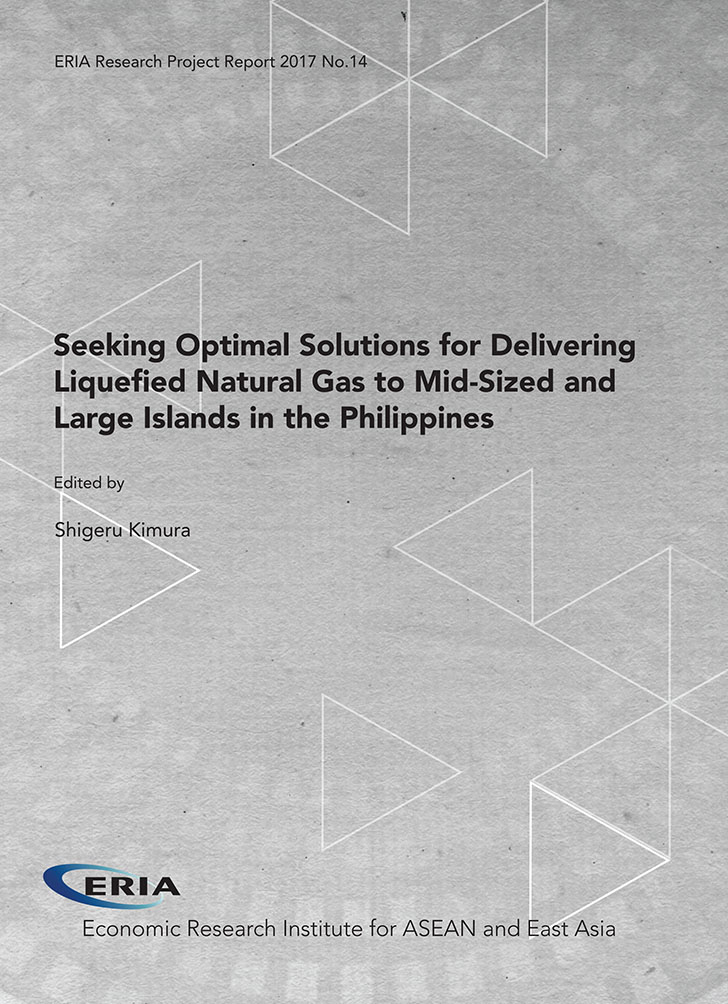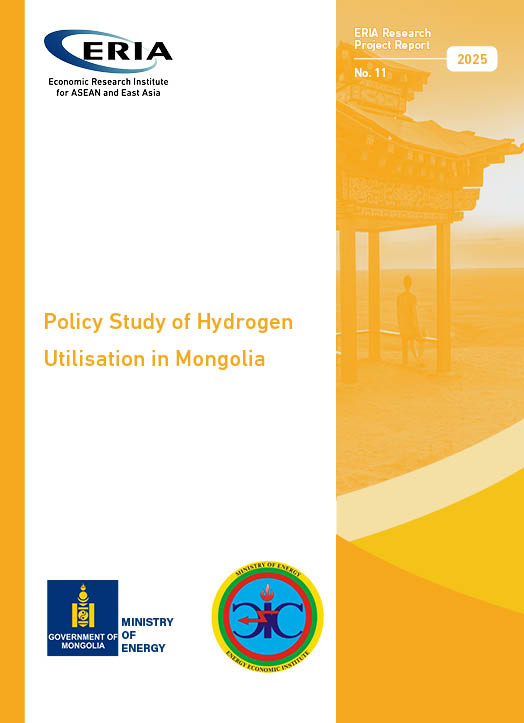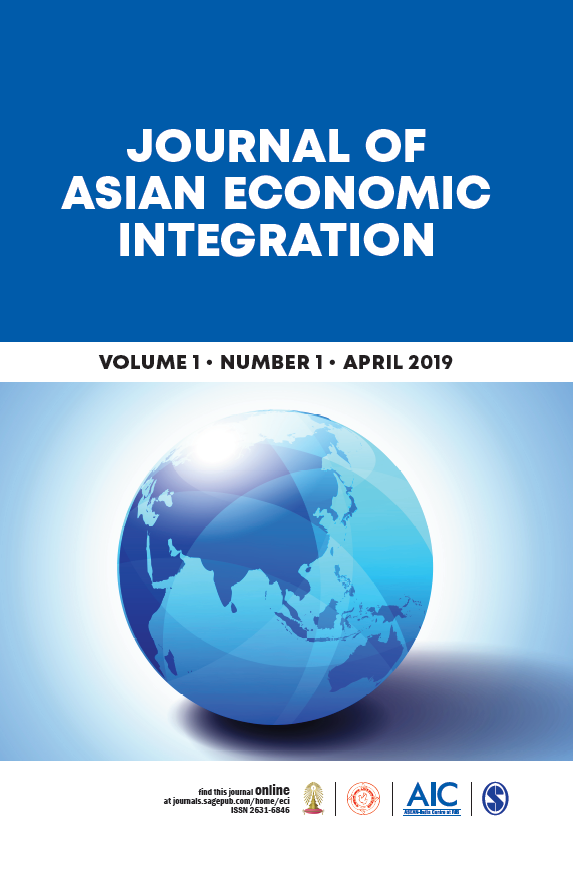Seeking Optimal Solutions for Delivering Liquefied Natural Gas to Mid-Sized and Large Islands in the Philippines

Print Article:
The Philippines consists of many small, medium-sized, and large islands and there is large potential to increase electricity demand in future. The country’s main power source is coal, followed by domestic natural gas produced by the Malampaya gas field. Imports of liquefied natural gas (LNG) will increase due to depletion of this gas field and a shift in power generation from coal to gas. It is essential, therefore, to devise an economic system for delivery of small and medium-scale LNG from primary to subordinate (secondary and tertiary) terminals located near the islands’ gas-fired power plants (GPPs). The following approaches are applied to determine the optimal small- and medium-scale LNG delivery solutions: 1) Estimation of electricity demand at the provincial level in 2040 based on the Philippines’ Power Development Plan; 2) Estimation of LNG consumption and location of GPPs; 3) Optimal (minimum-cost) LNG delivery from a primary terminal to a subordinate terminal near GPPs using the linear programming model; 4) Based on the delivery results from the linear programming model, computerised simulation of LNG delivery using a dynamic simulation model under assumptions including LNG barge operation, tank size of the subordinate terminals, and in the case of typhoon strike.
Full Report
Contents
Chapter 2. Estimation of Electricity Demand Distribution and Liquefied Natural Gas Demand




